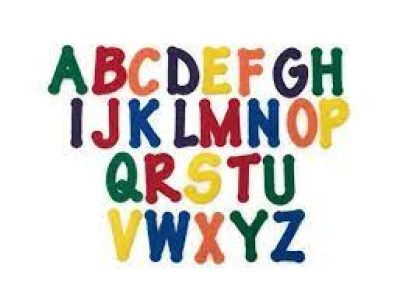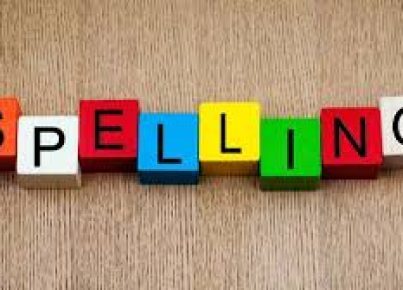Mirror writing is a fascinating phenomenon that often captures the curiosity of educators, psychologists, and neuroscientists alike. It refers to the ability to write text in reverse, such that it appears normal when looked at in a mirror. Common among young children who are learning to write, this behavior can also be observed in certain adults.
Understanding Mirror Writing
The practice of mirror writing is most commonly associated with children, particularly those between the ages of three and seven. As they develop their motor and cognitive skills, some children may reverse letters or write from right to left instead of the customary left to right direction. This is because the concept of directionality and orientation is not fully established in early learners.
There are several theories as to why mirror writing occurs. Some suggest that it is due to the symmetrical nature of our bodies and brains; each side mirrors the other, which could influence how we perceive orientation. Others believe that it could be tied to brain hemisphere dominance – for instance, left-handed individuals have been observed to mirror write more frequently than right-handed individuals.
Letter reversal may not only be a normal part of development but can sometimes persist into adulthood. In rare instances, adults may start to mirror-write due to neurological conditions, such as stroke or brain injury, which can alter brain functions related to writing and perception.
What Teachers Need to Know
For teachers who encounter mirror writing in their students, it’s crucial to approach the subject with understanding and appropriate educational strategies. Here are several points educators should consider:
1. Patience and Normalization: Recognize that letter reversal is a typical part of early development and does not necessarily indicate a learning disability.
2. Individual Assessment: While common in early stages, persistent letter reversal after the age of seven may require further evaluation for dyslexia or other learning differences.
3. Reinforcement: Encourage correct letter formation through repetition and practice. Use multi-sensory techniques such as tracing letters in sand or air writing.
4. Visual Aids: Provide clear models of correct letter orientation and use visual aids like alphabet charts for reference.
5. Directionality Practice: Include activities that promote understanding of left-right directionality, such as games, drawing patterns, or physical movement exercises.
6. Environment Adjustment: Ensure that writing space is well-arranged with ample lighting and comfortable seating to facilitate proper writing habits.
Educational Implications
While mirror writing in itself is not usually cause for alarm, ongoing issues with reversed letters can signal a need for intervention strategies aimed at addressing potential learning challenges. Tailored education plans may include occupational therapy sessions, specialized tutoring programs focused on literacy skills, or the incorporation of assistive technologies designed for children with dyslexia or similar conditions.
In conclusion, teachers should educate themselves about mirror writing so they can effectively recognize it as a developmental stage while also remaining vigilant about identifying those who may need extra support due to an underlying learning difference. With an informed approach and empathetic teaching methods, educators can assist all students in developing robust literacy skills crucial for academic success.





